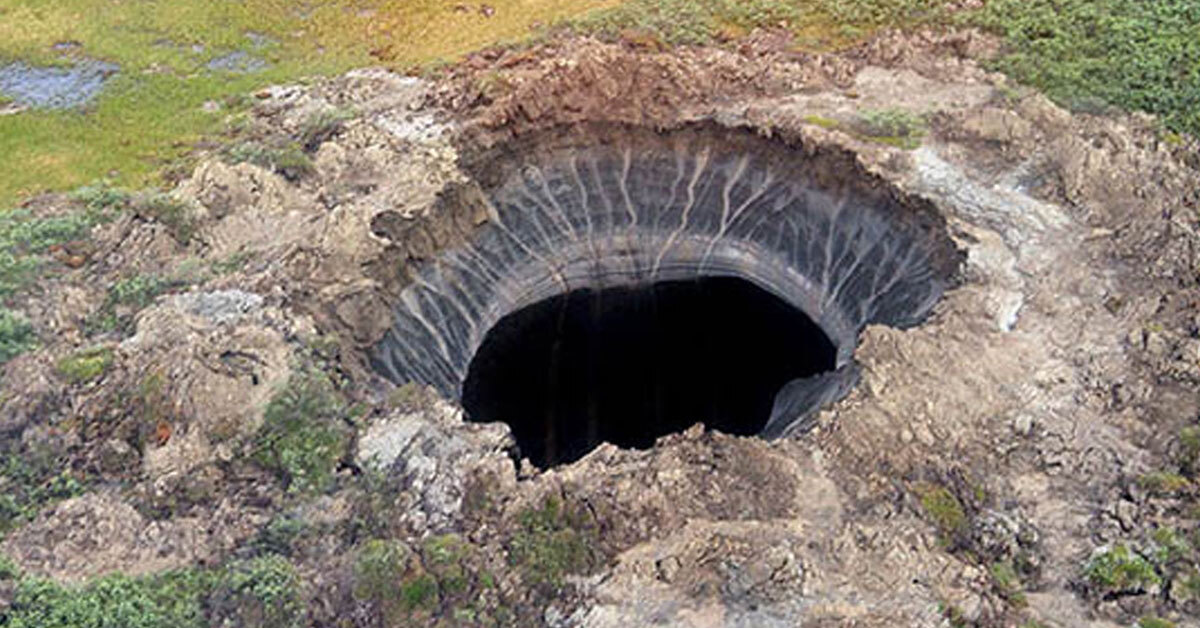On a remote peninsula in north-west Russia, scientists had spent decades drilling to the center of the Earth. It is the deepest borehole of all time at 40,000 feet, and probably the deepest hole of any kind. However, something expected happened that forced the researchers to seal up the hole and abandon their experiment forever.
What Lies Beneath
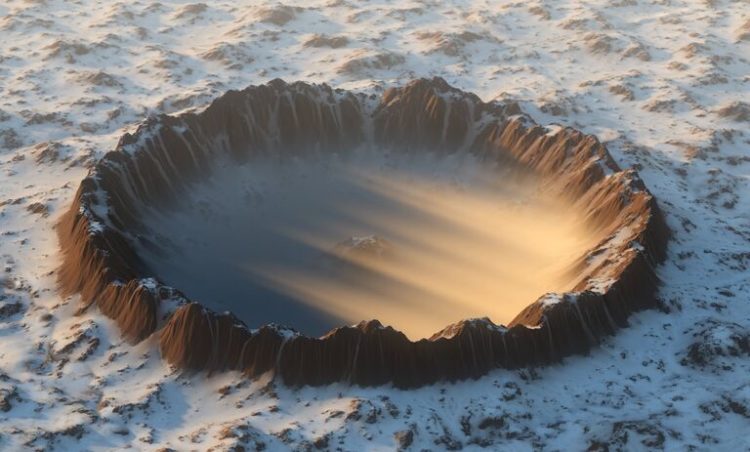
People have always been interested in looking up and finding out what lies beyond in space. Thanks to global space agencies and private companies, we know more about the universe than ever before. However, as we look to the skies, we find ourselves not looking down into the earth below.
A Lack Of Knowledge
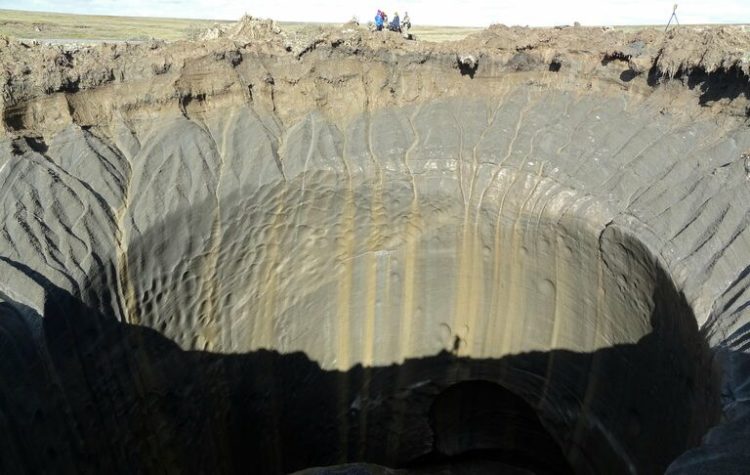
The secrets of our own planet are so foreign now that’s it’s believed we know more about space than the Earth’s surface. Besides, everyone knows about the Space Race during the Cold War. But not everyone is aware of the equally interesting battle to conquer the Earth’s crust.
Deep In The Earth
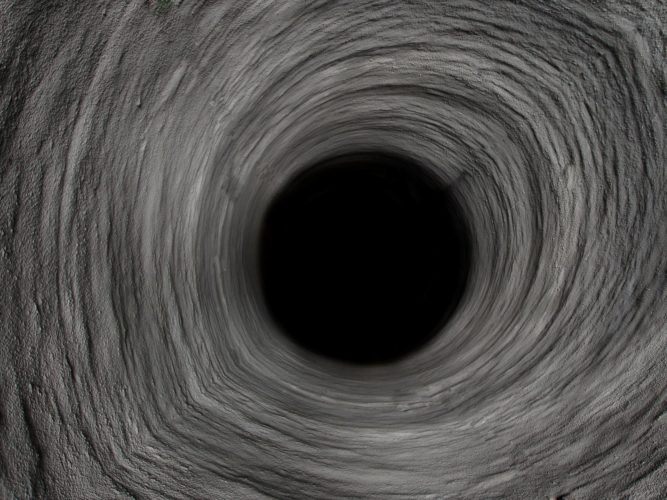
In the late 1950s, teams of American and Soviet scientists began conducting experiments in order to penetrate the Earth’s crust. This dense shell of rock eventually gives way to the mantle, which makes up 40 percent of the planet’s mass.
Project Mohole
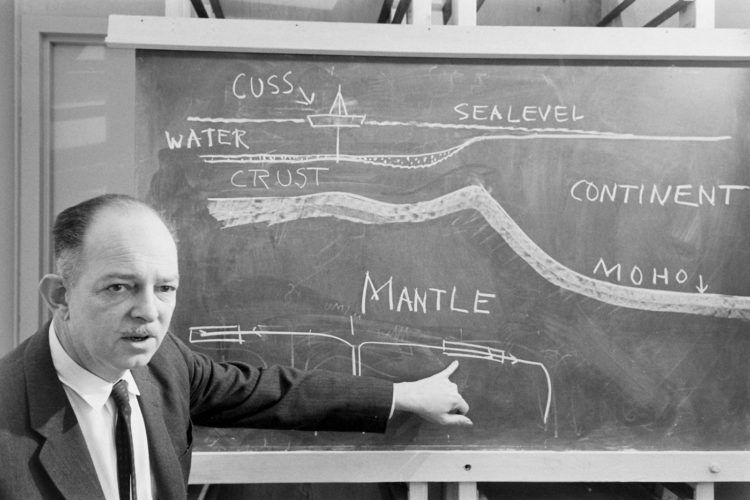
In 1958, the U.S. actually took the lead with Project Mohole. It was located near Guadalupe in Mexico, the operation had a team of engineers drill through the bed of the Pacific Ocean to a depth over 600 feet. Eights years later, however, the project’s funding was cut. Project Mohole was abandoned and the Americans never got to the mantle.
The Soviet’s Move
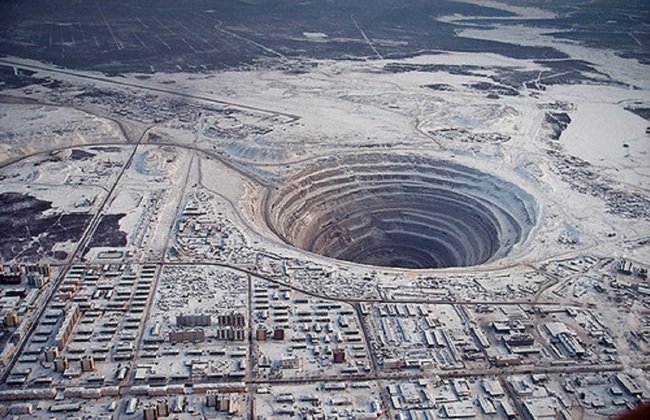
It wasn’t until May 24, 1970 that the Soviet Union made its move. A team of researchers had begun drilling into the Earth in the Pechengsky District in Russia’s Kola Peninsula. The region was sparsely populated, making it a great place to start. They had a simple goal of digging as deep into the Earth’s crust as possible.
49,000 Feet Deep
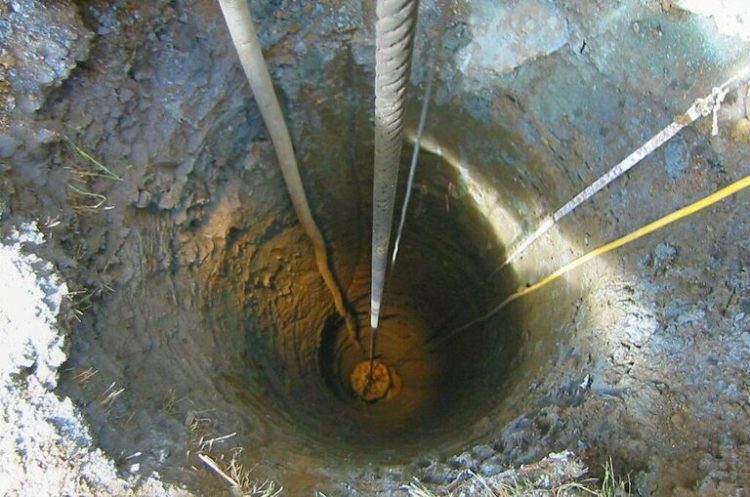
The Soviet’s goal was to reach a depth around 49,000 feet beneath the Earth’s surface. Using specialized equipment, the researchers began to dig a series of boreholes, all forking off from a single cavity. However, while scientists conducted this experiment in Russia, prospectors in America made some of their own progress.
A Comparative Hole
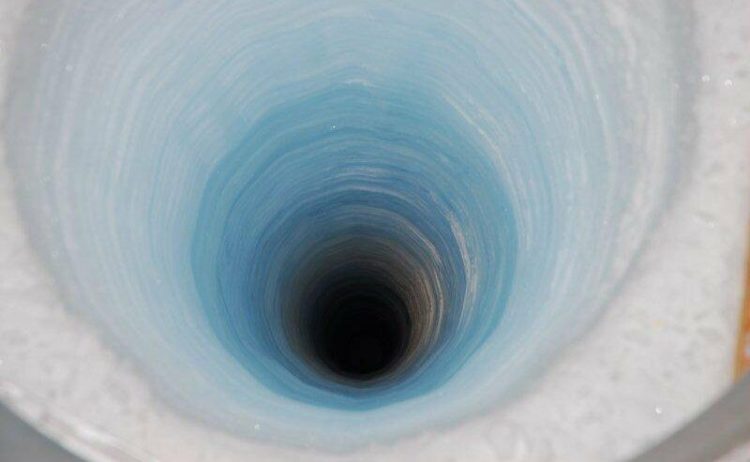
The Long Star Producing Company was drilling for oil in 1974 in Washita County, Oklahoma. This led to the creation of the Bertha Rogers Hole. It was a borehole that reached 31,400 feet, or nearly six miles, into the Earth.
The Kola Bore Hole
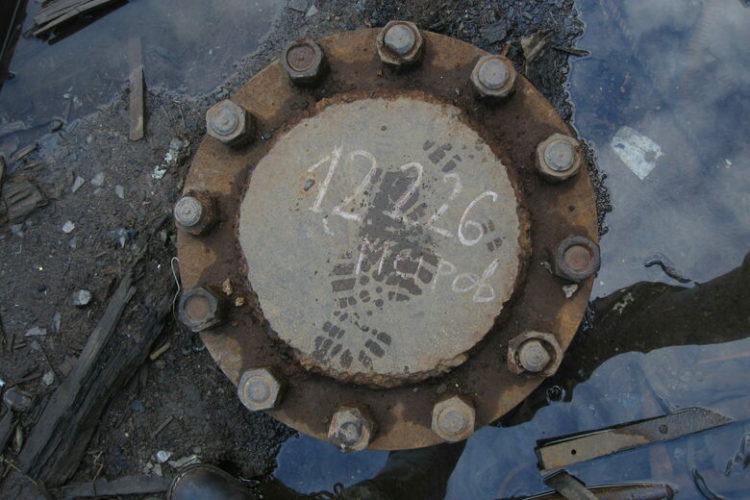
Unfortunately for Lone Star, they didn’t find any oil. Although, it remained the deepest hole on the planet for five years. In June 6, 1979, one of the boreholes in Kola, SG-3, took the record. By 1893, at nine inches wide, had dug 39,000 feet into the Earth
Tourist Attraction
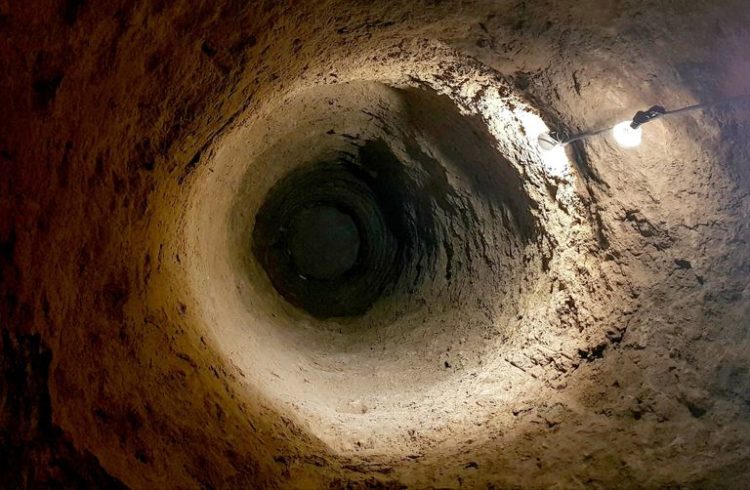
And it was when this milestone was achieved, researchers temporarily shut down their activity. For 12 months, the borehole became a tourist attraction, with various people coming to visit the site. The experiment started up once again, but a technical issue soon forced drilling to completely cease.
Returning To Drilling
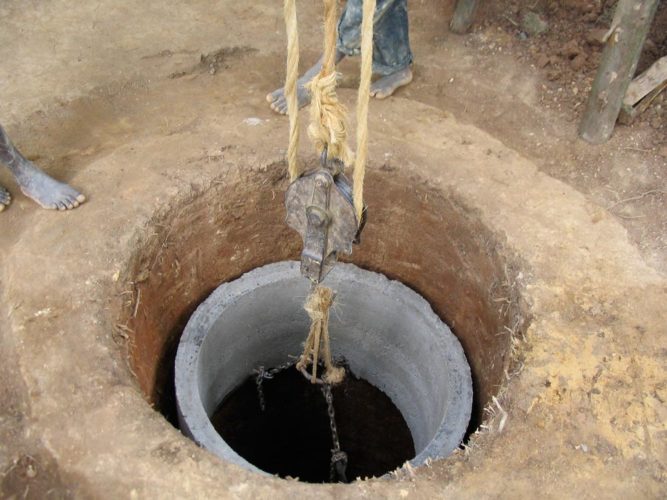
The researchers didn’t give up. They abandoned the borehole and began from a different one at a depth of 23,000 feet. By 1989, a new record was made with it reaching 40,230 feet. Those involved in the project were optimistic of the future, and believed that the hole would surpass 44,000 feet by late 1990.
Right On Track
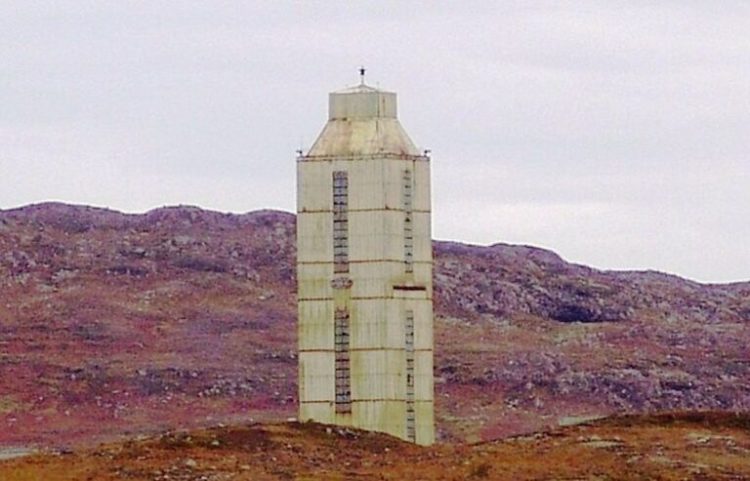
It was predicted by 1993 that the borehole would reach the goal of 49,000 feet. However, as the drill came closer and closer to the mantle, an unexpected change occurred.
Hotter And Hotter
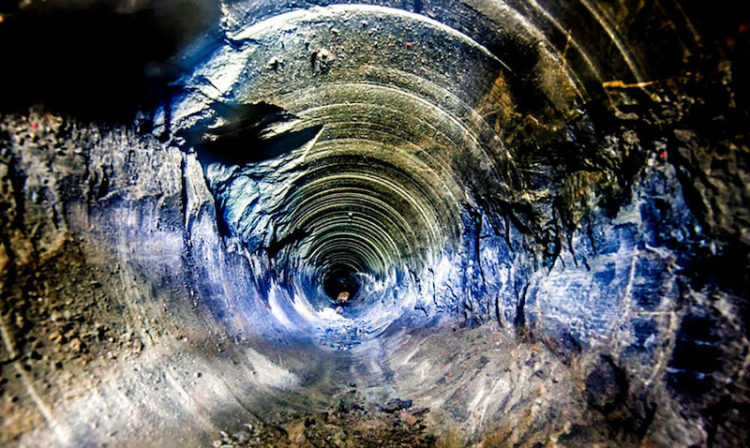
In the first 10,000 feet, the temperatures were within expected parameters, gradually increasing in heat. However, after that point the heat began to increase at a much faster rate. And as they were nearing their goal, the hole had heated to 180 degrees Celsius (356 degree Fahrenheit). This was an entire 80 degrees (176 degree Fahrenheit) hotter than anticipated.
Soft And Destructive
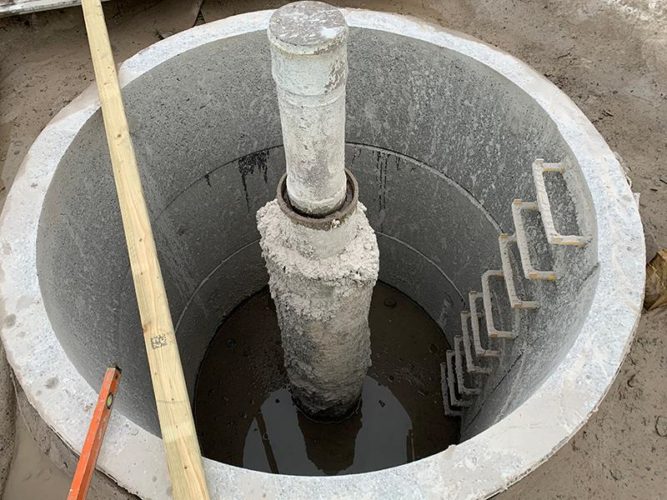
It was also discovered that the rock this deep down was less dense as well. The “softer” rock and higher temperatures caused strange reactions within the Earth’s crust. Knowing that their equipment would not last long under these conditions, the Kola team abandoned the project. This was in 1922, 22 years after drilling had started.
Amazing Discoveries
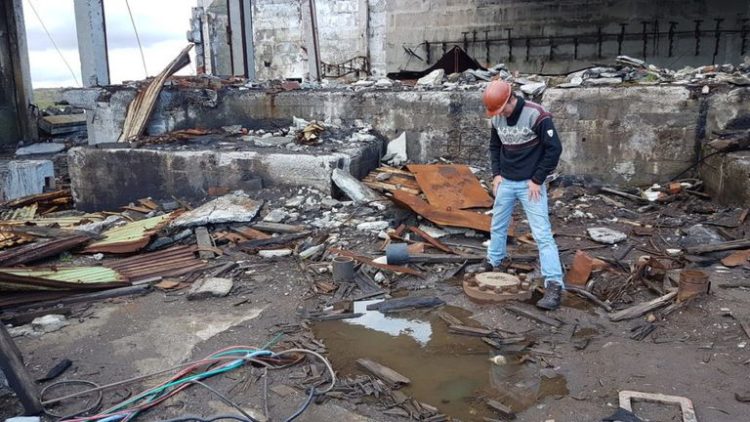
While drilling was forced to stop, scientists did find interesting facts out about what was named the Kola Superdeep Borehole. Tiny fossils of marine plants were discovered four miles deeper. It was impressive how the fossils managed to stay intact, especially with the rock being estimated to be over two billion years old.
Granite And Basalt
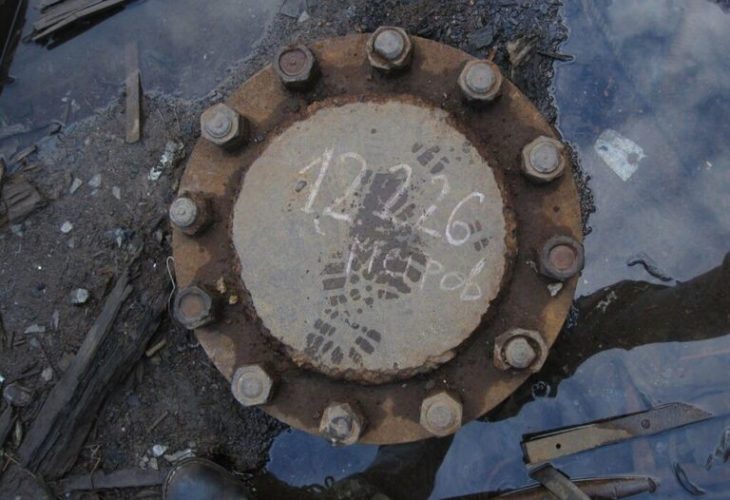
Another discovery had to do with the make-up of the Earth’s crust in the Kola Peninsula. By measuring seismic waves, it had originally be thought that the rock beneath our feet would shift from granite to basalt at two to four miles beneath the surface. However, this was figured out to no not be the case.
Metamorphic Rock
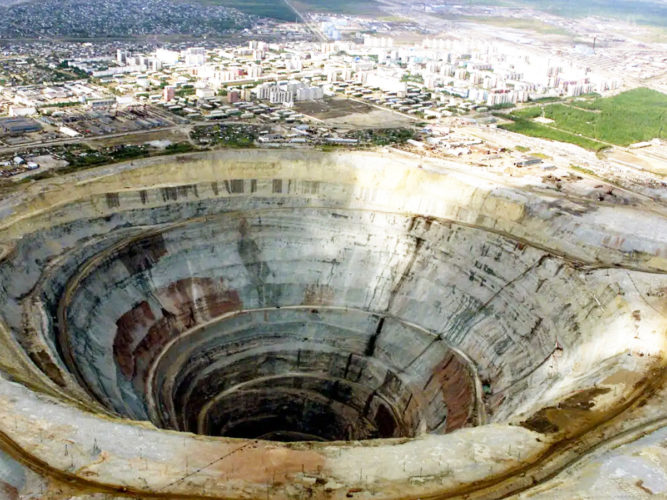
The rock was found out to only be granite, even at the deepest part of the borehole. The change in seismic waves wasn’t because of a change to basalt, but simply metamorphic differences in the rock. And then there was also the discovery of flowing water several miles in the Earth’s crust.
Underground Reservoir
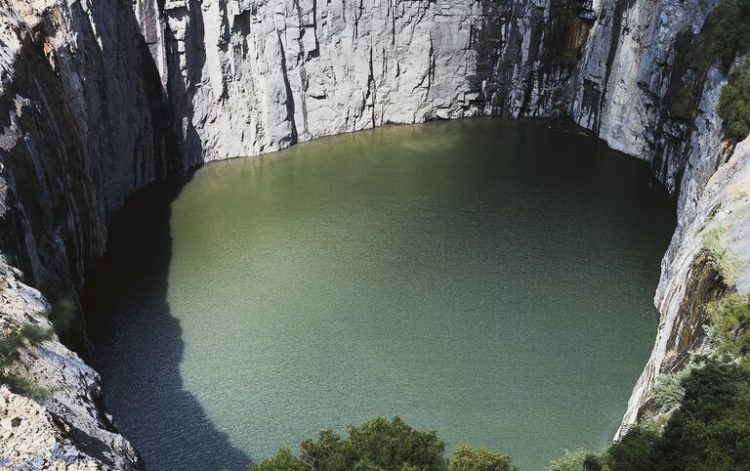
This was so deep that nobody expected water to be this deep into the Earth. It’s believed to be the result of strong pressure forcing hydrogen and oxygen atoms out of the rock. Impermeable rocks then caused the water to become trapped where it was.
The Closing Of The Borehole
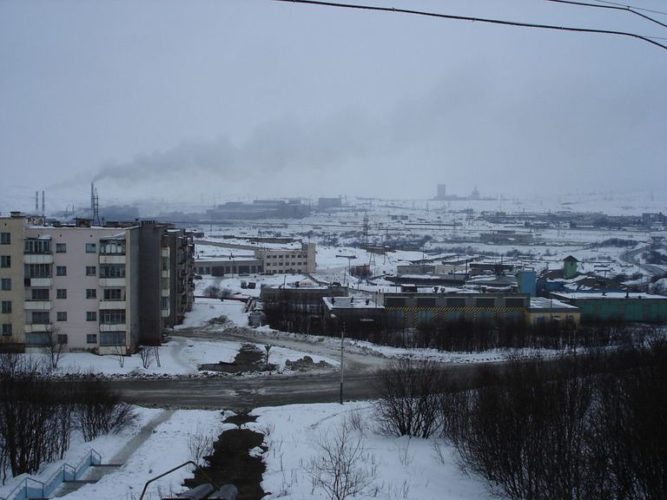
The closure of the Kola Superdeep Borehole coincided with the fall of the Soviet Union. In 1995, the project had been permanently shut down. Now, the site is flagged as an environmental hazard. Some visitors see the ruins of the experiment in the nearby town of Zapolyarny. Since the borehole was created, its record has yet to be beaten, remaining the deepest hole on Earth.
Journey To The Center Of The Earth
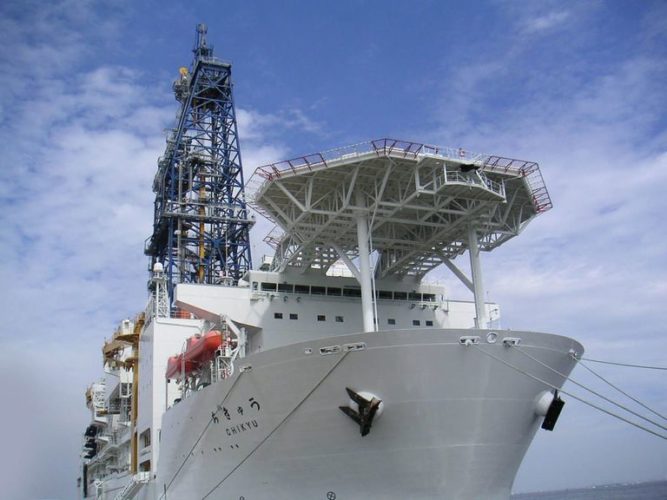
Although, the race to the center of the Earth isn’t over yet. Out on the ocean, drilling platforms exist from the International Ocean Discovery Program, trying to delve deep into the sea floor. The researchers hear battle failing equipment and extreme temperatures to find out what secrets the Earth is waiting to reveal to us.
Sponsored Content

